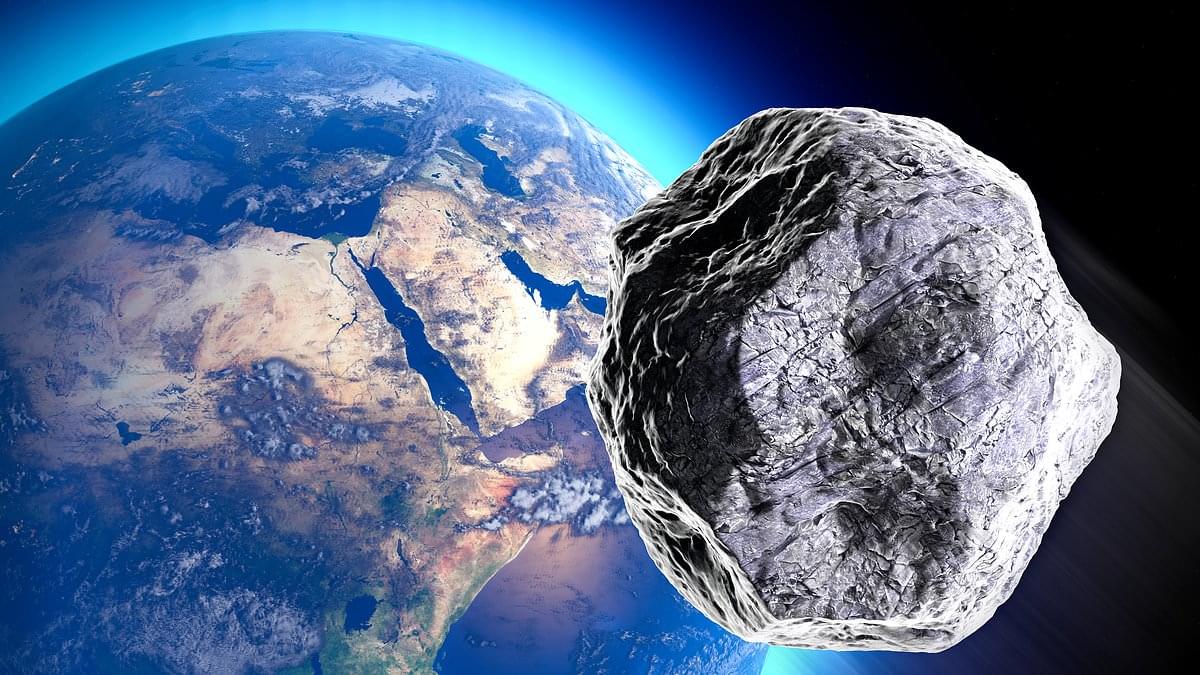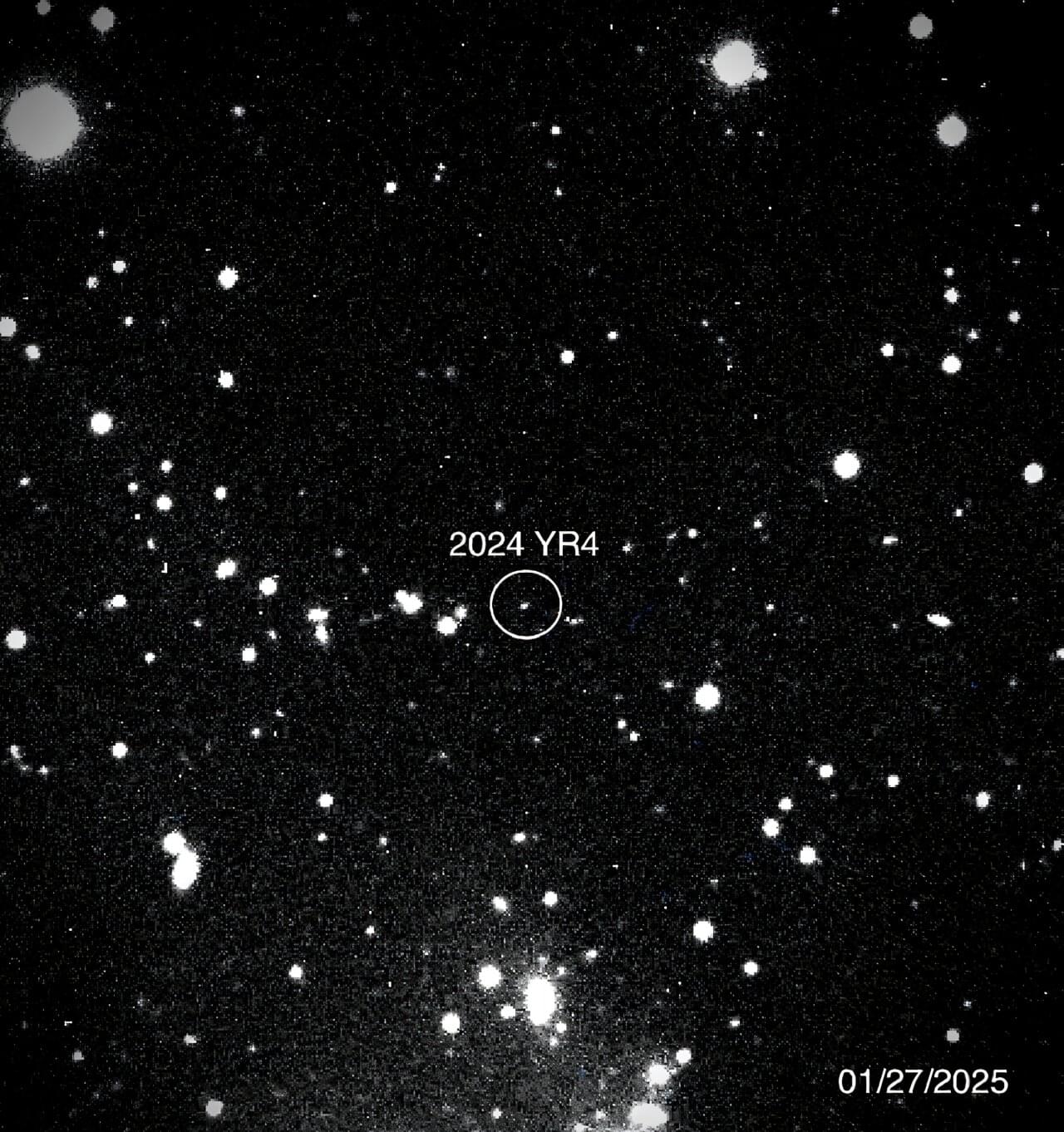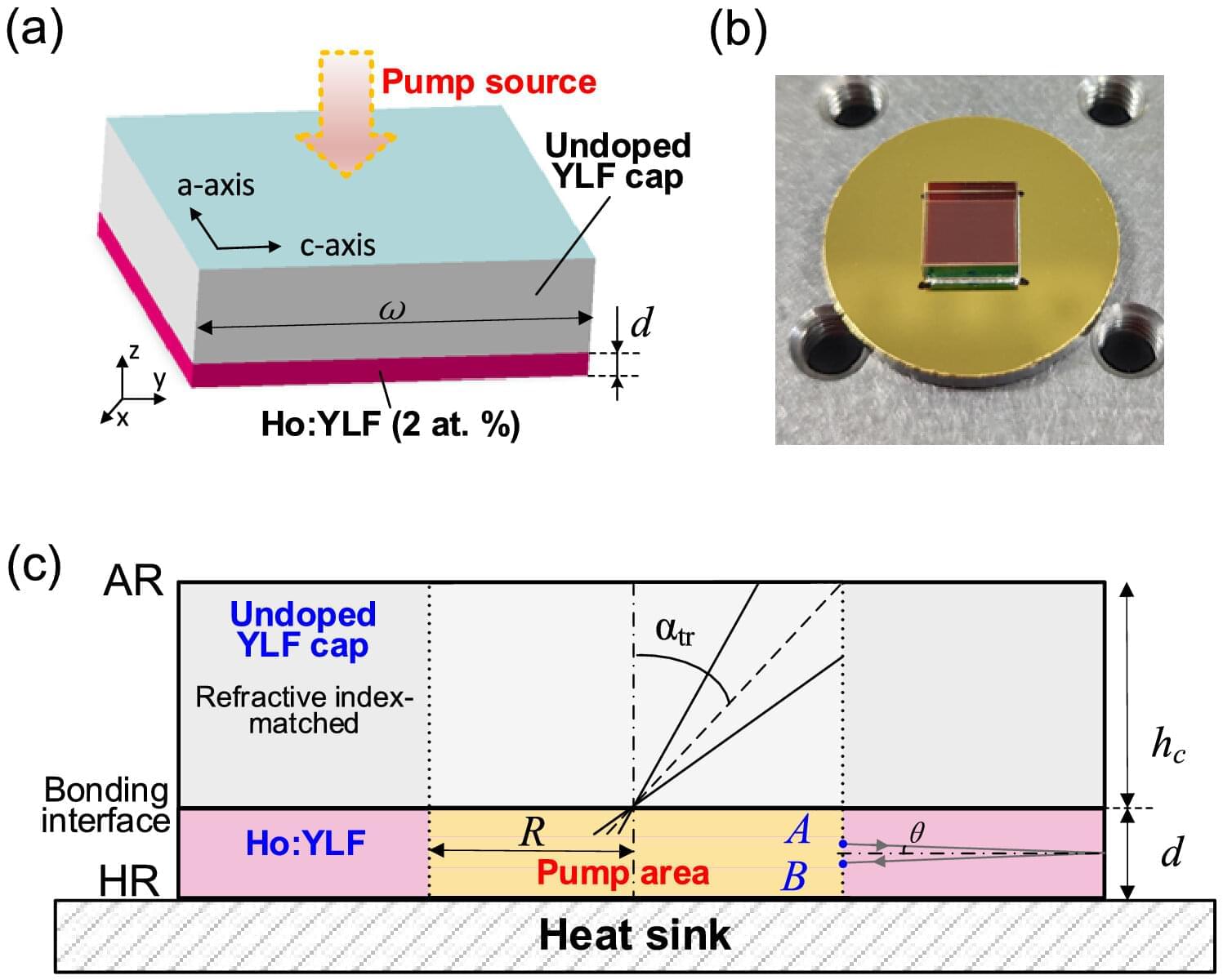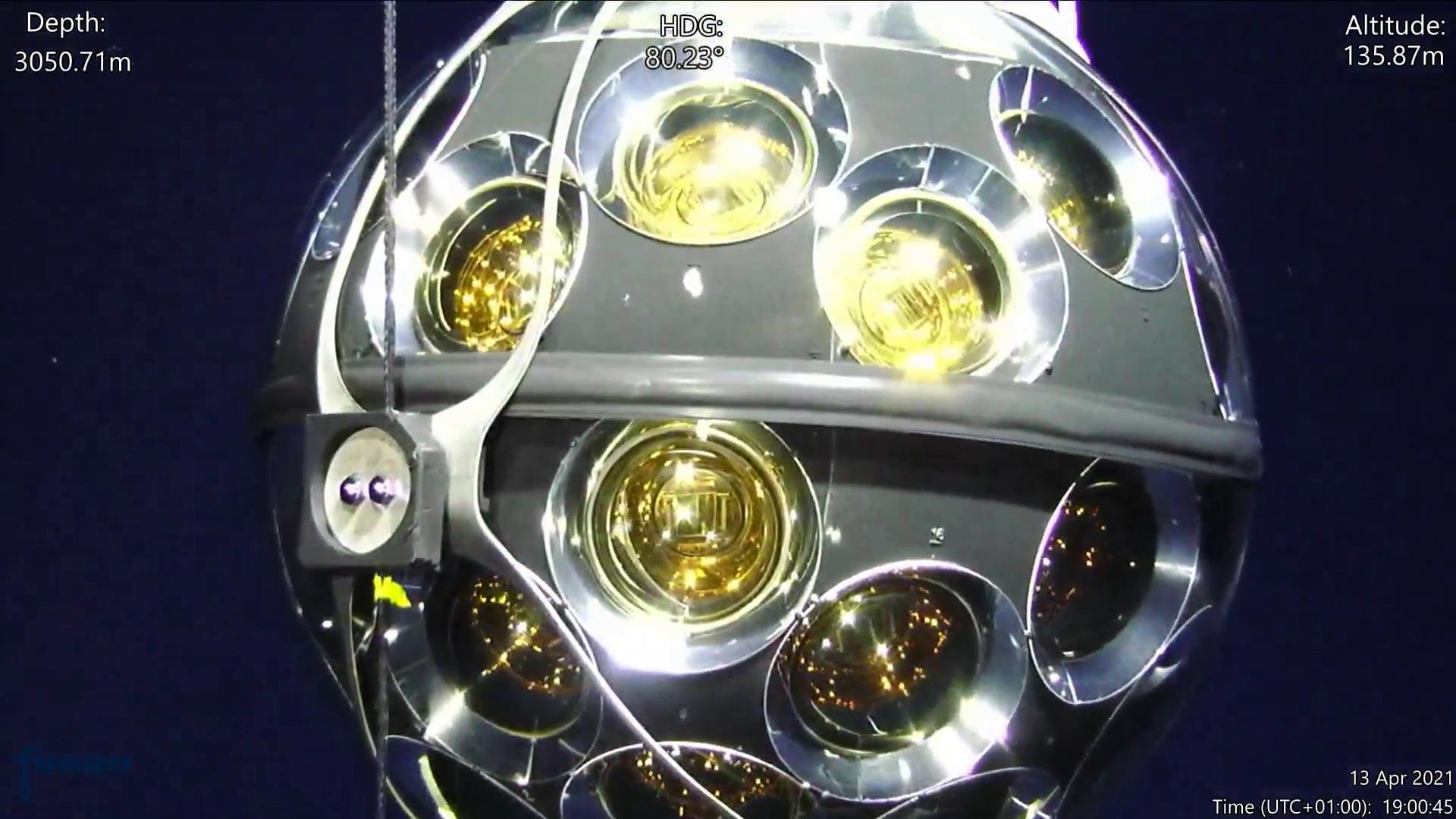NASA has raised the chances of the city-killing asteroid hitting Earth once again — sparking a huge meltdown on social media.



The move places True Anomaly in closer proximity to the Space Systems Command in Los Angeles, which oversees billions in Space Force procurement, and taps into Southern California’s deep aerospace talent pool.
The majority of the Long Beach factory will be dedicated to the design, development and manufacturing of new products for the military market, including some being developed for classified U.S. Space Force programs, True Anomaly’s CEO Even Rogers said in an interview.
The company’s headquarters and existing manufacturing facility will remain in Centennial, Colorado, where True Anomaly makes its flagship product, the Jackal satellite, designed to perform in-orbit activities such as rendezvous and proximity operations, and imaging of objects in orbit. The company also developed an operating system software for space domain awareness called Mosaic.

In today’s AI news, Meta on Tuesday announced that it’ll host its first-ever dev conference dedicated to generative AI. Called LlamaCon after Meta’s Llama family of generative AI models, the conference is scheduled to take place on April 29. Meta said that it plans to share the latest on its open source AI developments to help developers build amazing apps and products.
In other advancements, after her sudden departure from OpenAI last fall, ex-CTO Mira Murati vanished from public view to start something new. Now, she is ready to share some details about what she’s working on. Her new AI startup is called Thinking Machines Lab, and while the specifics of what it plans to release are still under wraps, the company says its goal is “to make AI systems more widely understood, customizable and generally capable.”
Meanwhile, In a new paper, OpenAI researchers detail how they developed an LLM benchmark called SWE-Lancer to test how much foundation models can earn from real-life freelance software engineering tasks. The test found that, while the models can solve bugs, they can’t see why the bug exists and continue to make more mistakes.
And, Humane is selling most of its company to HP for $116 million and will stop selling AI Pin, the company announced today. AI Pins that have already been purchased will continue to function normally until 3PM ET on February 28th, Humane says in a support document. After that date, Pins will “no longer connect to Humane’s servers.”
Then, in this episode of Top of Mind, Gartner Global Chief of Research Chris Howard breaks down the buzz around agentic AI. Learn how AI agents can make autonomous decisions, optimize solutions and even collaborate in multi-agent systems to transform the future of business now.
And, inbound conversational AI phone calls can now easily be personalized using Twilio and ElevenLabs Conversational AI. Provide dynamic variables based on the inbound caller id, and override the prompt, language, first message to fully customize your voice AI agents.
In other videos, Tim is diving into SkyReels, a powerful new AI video model that’s free, open-source, and comes with its own robust platform. In this deep dive, he’ll walk through SkyReels’ unique features—from its human-centric training data to its text-to-video and image-to-video workflows.


An asteroid that could level a city now has a 3.1-percent chance of striking Earth in 2032, according to NASA data released Tuesday—making it the most threatening space rock ever recorded by modern forecasting.
Despite the rising odds, experts say there is no need for alarm. The global astronomical community is closely monitoring the situation and the James Webb Space Telescope is set to fix its gaze on the object, known as 2024 YR4, next month.
“I’m not panicking,” Bruce Betts, chief scientist for the nonprofit Planetary Society told AFP.

In a study published in Optics Express, a research group led by Prof. Fu Yuxi from Xi’an Institute of Optics and Precision Mechanics (XIOPM) of the Chinese Academy of Sciences has developed the first room temperature holmium-doped yttrium lithium fluoride (Ho: YLF) composite thin disk laser, which can achieve high efficiency and quality continuous-wave laser output.
Lasers operating in the 2 µm spectral range are highly valued for their eye safety, high water absorption, and low atmospheric attenuation.
Conventional 2 µm lasers typically require cryogenic cooling to control thermal effects, which increases system complexity and cost, and restricts their use in compact, space-constrained, and mobile platforms. Therefore, developing high-power, room-temperature 2 µm lasers has become a vital research direction.

A neutrino of record-breaking energy — 220 PeV — has been detected by the underwater KM3NeT telescope, marking a pivotal moment in astrophysics.
This tiny but powerful particle, born from the universe’s most extreme events, provides fresh clues about cosmic accelerators. While its exact origin remains unknown, scientists believe it could be the first detected cosmogenic neutrino. The discovery fuels new momentum for multi-messenger astronomy, with future observations expected to shed light on the deepest mysteries of the cosmos.

More pocked with craters than any other object in our solar system, Jupiter’s outermost and second-biggest Galilean moon, Callisto, appears geologically unremarkable. In the 1990s, however, NASA’s Galileo spacecraft captured magnetic measurements near Callisto that suggested that its ice shell surface—much like that of Europa, another moon of Jupiter—may encase a salty, liquid water ocean.
But evidence for Callisto’s subsurface ocean has remained inconclusive, as the moon has an intense ionosphere. Scientists thought this electrically conductive upper part of the moon’s atmosphere might imitate the magnetic fingerprint of a salty, conductive ocean.
Now, researchers have revisited the Galileo data in more detail. Unlike in prior studies, this team incorporated all available magnetic measurements from Galileo’s eight close flybys of Callisto. Their expanded analysis much more strongly suggests that Callisto hosts a subsurface ocean.

Ugly.
Job losses are always terrible. This will be a dark and painful day at a space agency that brings so much light and joy to the world. Many of the probationary employees are just starting out their careers and were likely thrilled to land a job at NASA to explore the universe. And then all of that youthful energy and hope was extinguished this week.
It’s possible to view these losses through a couple of lenses.
Yes, NASA is clearly losing some capability with these latest cuts. Many of these hires were likely being counted on to bring new energy into the space agency and become its future discoverers and leaders. And their jobs are being sacrificed for no clear purpose. Is it to increase funding for the military? Is it to pay for tax cuts for the rich? There is a lot of anger that the relatively thin budget line of NASA—less than one-half of 1 percent of the federal budget—is being sliced for such purposes.
Will the dream of interstellar travel soon become reality? Experts have been working for some time on concepts that will one day enable us to enter foreign star systems. Until now, the vast expanses of space have always thwarted this ambitious desire – after all, even the Alpha Centauri system, which is only 4.34 light-years away, is tens of thousands of travel years away with our current means! But now NASA has presented a revolutionary propulsion technology that should get us to the star system of our dreams in just 40 years! But how does the groundbreaking Sunbeam drive work? What technical tricks will make the vast distances of the cosmos seem forgotten – and when will the first interstellar research probe leave Earth?